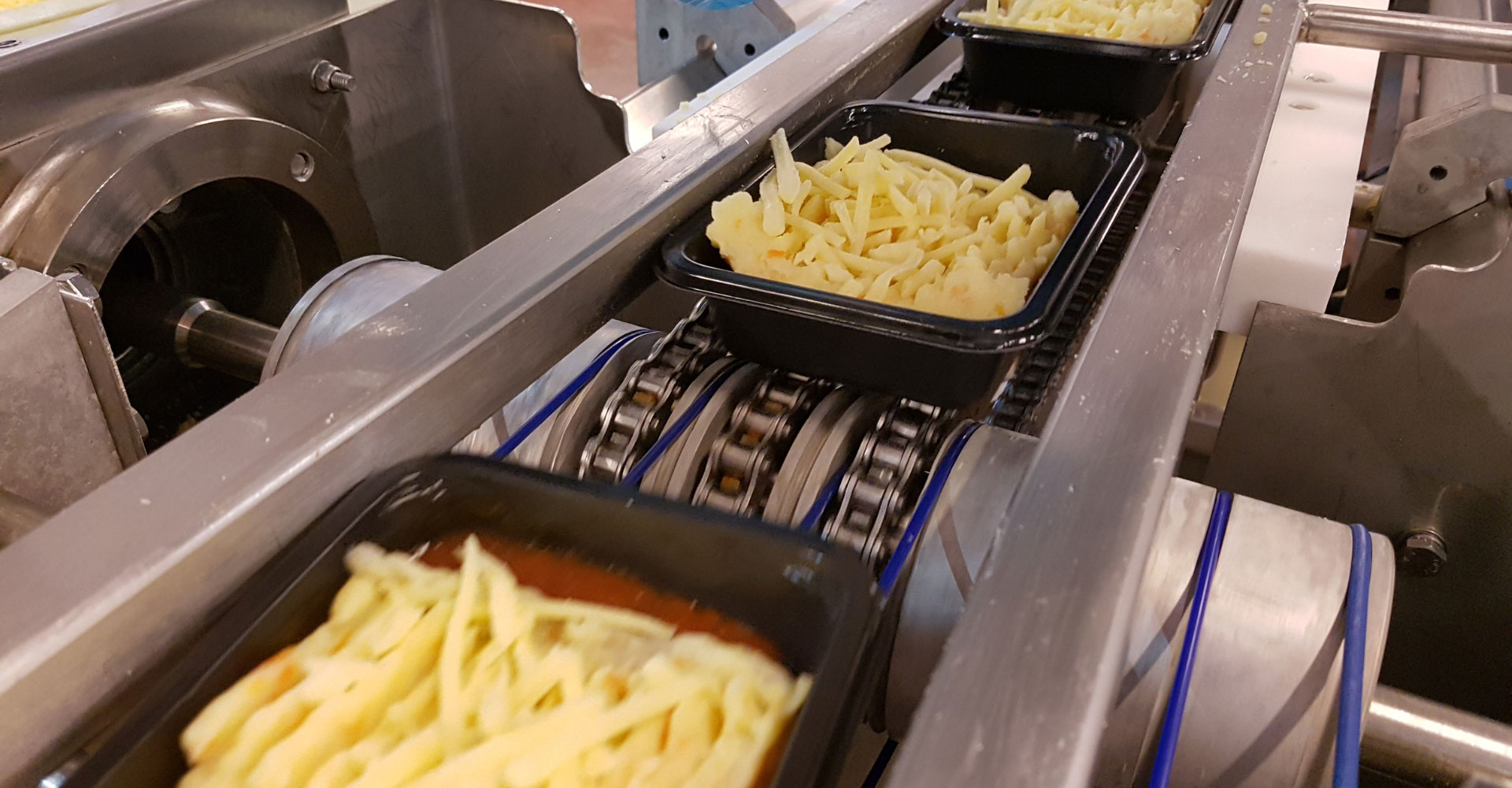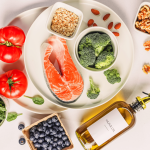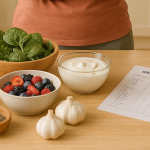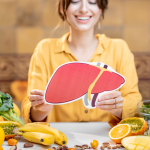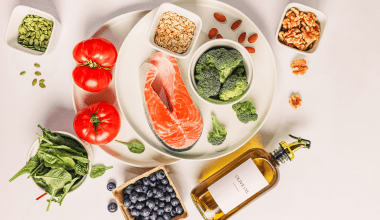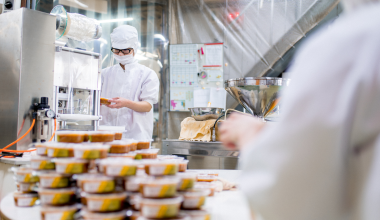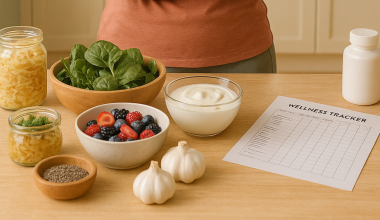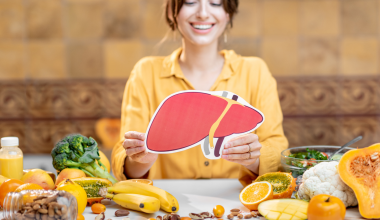It’s no surprise – the North American diet is characterised by an over-consumption and reduced variety of refined sugars, salt, and saturated fat, eaten mostly in the form of ultra-processed foods.
According to the L’Abbe Lab, at the Department of Nutritional Sciences at the University of Toronto, diet quality among Canadians is poor, with less than 1% meeting the criteria for a ‘healthy’ diet and almost half of Canadians’ daily calories come from ultra-processed foods.
And if the relationship between processed foods and obesity, diabetes, heart disease and high blood pressure wasn’t bad enough, new research is coming out about the extent to which ultra processed foods are lethal for humans. And you need to pay attention.
There is a lot you can do to avoid ultra-processed foods.
Identify ultra-processed foods at the grocery store.
Read the research as to why this is important.
Eat fresh and local when possible.
Make some easy lifestyle changes.
What Are Ultra-Processed Foods?
Ultra-processed foods are food and drink products that have undergone processing, usually by transnational and other very large ‘big food’ corporations.

These foods are designed to be convenient, eaten on the go, hyperpalatable (lots of salt and sugar), appealing to consumers, and, most importantly, they are the most profitable segment of Big Food companies’ portfolios because of the low-cost ingredients, long shelf-life and ease of transport.
These foods include:
- Soft drinks
- Sweet, fatty or salty packaged snacks such as chips or candies
- Mass-produced packaged breads, buns, cookies, biscuits, cakes, cake mixes and pastries
- Margarine and other spreads
- Sweetened breakfast cereals
- Sweetened fruit yogourt and energy drinks
- Powdered and packaged soups, noodles, and desserts
- Pre-prepared meat, cheese, pasta and pizza dishes
- Poultry and fish nuggets and sticks
- Sausages, burgers, hot dogs, and other reconstituted meat products
Identifying Ultra-Processed Foods At The Grocery Store
While it may seem like the vast majority of food in the grocery store is processed, a surefire way to confirm is to check if the ingredients contain at least one item characteristic of the NOVA ultra-processed food group, which is to say, food substances never or rarely used in kitchens.
Keep this list with you when you go to the grocery store, so you can avoid ultra-processed food. The ingredients include:
- High-fructose corn syrup
- Hydrogenated or interesterified oils
- Hydrolysed proteins
- Flavours
- Flavour enhancers
- Colours
- Emulsifiers
- Emulsifying salts
- Sweeteners
- Thickeners
- Anti-foaming agent
- Bulking agent
- Carbonating agent
- Foaming agent
- Gelling agent
The Research
Now that we know what Ultra-Processed foods are, and how to clearly identify them, why should we take the time to cut them out of our diet? Well, the science is clear. Ultra-processed foods are great for the bottom lines of transnational food companies, but quite the opposite for human health according to a recent report.
Research from two recently released 20 year-long studies in Italy and the United States published August 21st 2022 in the British Medical Journal concluded that adults with the lowest quality diet and the highest ultra-processed food consumption were at the highest risk for mortality.
“Our results confirm that the consumption of both nutrient-poor or ultra-processed foods independently increases the risk of mortality, in particular from cardiovascular diseases. However, when we jointly took into account both the overall nutritional composition of the diet and its degree of processing, it came out that the latter aspect was paramount to define the risk of mortality. Actually, over 80 per cent of the foods classified as unhealthy by the Nutri-Score are also ultra-processed. This suggests that the increased risk of mortality is not due directly (or exclusively) to the poor nutritional quality of some products, but rather to the fact that these foods are mostly ultra-processed”.
Marialaura Bonaccio, epidemiologist of the Department of Epidemiology and Prevention at the IRCCS Neuromed of Pozzilli and first author of the study
Eating Locally
In only a generation or two we have seen the swift progression of industrialised farming, global food chains and genetically modified food. And with four seed companies now controlling more than 60% of the global market seed market, our ability to grow a wide variety of nutritious, local food is quickly dwindling.
The alarming repercussions on many aspects of our health are only now becoming clearly communicated. Additionally, moving food around the globe has a real impact on our climate that is already in crisis and as many of us witnessed during the pandemic, makes us vulnerable to food insecurity when those systems break.
You can however make a huge difference to both your own health and the health of your community by supporting your local farmers and food producers. Until recently, locally grown food felt expensive, but with rampant inflation, not any more. The good thing is, healthy food can taste really good too.
Lifestyle Changes to Support Healthy Food Choices
Here are a few tips to get more fresh food in your cupboard, even if you live downtown.
- Keep the list of ingredients added to processed food found above so you know what to no longer purchase.
- Clean your cupboards of packaged food. Don’t buy any more.
- Research recipes and make cooking a fun part of your day. If you don’t have time to cook during the week, take a few hours on the weekend to make up some dinners you can pop in the freezer.
- Many cities and towns have farmers markets from May often through to November. Make the effort to go to the farmers market before you go to the grocery store each week so you limit your grocery store purchases.
- Take weekend road trips within a 2 hour radius of your home to check out the wonderful produce, preserves, dairy and meat you can find from local small-town vendors or roadside stalls.
- When in small towns seek out and support stores such as Creemore’s 100 Mile Store. They stock only artisanal, local products that are good for you and the environment.
- Purchase as little food as possible from the “inside” rows of your grocery store. This is where processed products are marketed and stocked. If you have kids, just don’t go there as processed foods are skillfully marketed to children.
- Even if you live in the city you can find alternative places to grocery shop such as The Big Carrot in Toronto or Green’s Market in Vancouver.
- And hey, if you have property with soil, grow a garden! If you don’t, consider joining a community garden.
Science is telling us that our global food system is slowly poisoning us, and it’s time to take action. You have the choice to ensure that every morsel that goes into your mouth is whole and unprocessed. Food can contribute to your health, rather than make you sick.
Will you join us in eating better now, for a healthier tomorrow?
~ Read more from The Health Insider ~
- No Safe Amount: New Study Warns on Processed Meat and Sugary DrinksYour BBQ habits could shape your family’s future. A major new study finds no safe level of processed meat or sugary drinks.
- The “Libido Diet” – Keep the Sex Drive AliveFrom testosterone to estrogen, your hormones are shaped by food. A few diet tweaks could mean real changes in your libido.
- How to Get Started With Your Anti-Inflammatory DietChronic inflammation can feel invisible—until it isn’t. Discover the anti-inflammatory diet that can help cool the fire.
- Just 5 Days of Ultra-Processed Foods Can Rewire the Brain, Study FindsIn a recent study, ultra-processed foods were found to increase liver fat and rewire brain reward pathways—in healthy men.
- Your Gut’s in Menopause Too: The Surprising Link Between Hormones, Digestion and Your SanityThe hormonal shifts that take place during menopause change a lot in your body – including disrupting your microbiome. Here’s how to restore gut health from within.
- Liver Detox Made Delicious: 7 Superfoods That Heal From the Inside OutAging, stress & inflammation slow liver detox. Here’s how food can get liver health back on track to help you avoid metabolic syndrome and fatty liver disease.
The information provided on TheHealthInsider.ca is for educational purposes only and does not substitute for professional medical advice. TheHealthInsider.ca advises consulting a medical professional or healthcare provider when seeking medical advice, diagnoses, or treatment. To read about our editorial process, click here.

